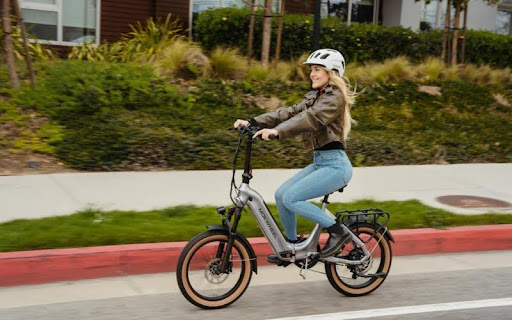Image Source: Wikimedia
Autonomous trucks are following new paths in the transportation landscape, promising safer roads but also redefining where responsibility lines are drawn. As these self-driving behemoths take to the highways, questions loom about accountability when things go awry. Current regulations seem inadequate at best, barely touching the surface of what’s needed for this modern narrative.
Liability in accidents is now a complex puzzle with many moving pieces—technology providers, truck owners, insurers—all seeking clarity. To that end, let’s do our best to peel back a few layers of legal quandaries (who really holds the wheel when no one’s behind it?) and unpack how liability shifts as gears change to autopilot.
Steering Through the Legalities: Autonomous Trucks on Today’s Highways
As mentioned, current regulations relating to commercial vehicles operate from paradigms established long before artificial intelligence became the co-pilot. They hinge on human control and decision-making processes.
The entry point for understanding liability with autonomous trucks begins by dissecting existing laws. 29 states have so far rolled out some form of legal response to the rise of autonomous vehicles, while at a federal level there is now a framework allowing for self-driving cars and trucks to legally use US roads – although the question of liability in the event of an accident involving them is far stickier.
So what happens when an algorithm dictates the actions taken by a truck, rather than a human? The Department of Transportation is grappling with this question, gradually implementing guidelines that allow some level of autonomy as the tech improves, while maintaining safety standards.
It should be no surprise that the fallout of this also involves insurance claims becoming more intricate (a headache one could do without). Sorting out who is at fault in an accident involving an autonomous vehicle introduces new protagonists into the age-old drama of blame—the manufacturer and software programmer join the traditional lineup of driver and owner.
And yet, answers remain as elusive as a mirage in desert heat. Courts are likely to find themselves arbitrating disputes between insurance companies clinging to old rules and advocates for new interpretations aligned with technological progression. This precarious balance leaves all parties involved—the tech industry, lawmakers, insurers—teetering on the brink of legal limbo as they await precedents to guide them.
Shifting Gears: Liability in the Age of Automation
The dawn of autonomous trucks on public roads introduces not just technological marvels but complex liability puzzles. Of course, you’ll still need a truck accident lawyer who has handled countless truck accidents, yet now their expertise must expand to encompass the subtleties of technology, pushing them to work alongside software engineers and cybersecurity experts.
The traditional scene following a roadway incident—fleets of ambulances, police cars, and law professionals—is now set to include tech specialists poring over lines of code to determine the source of a malfunction.
In this transition, where vehicles increasingly make decisions without human input, identifying the responsible party in an accident can feel like untangling wires. Is it fair to hold manufacturers accountable for every glitch in their creations? And how much weight does the role of third-party software providers carry when things go wrong? Liability may stretch across multiple entities—a stark contrast from the past where responsibility often fell on individual drivers or their employers.
Of course we’re staring down the barrel of a historic high for large truck crashes which resulted in fatalities, with a 49% rise recorded over the past 10 years. So while the question of how liability will be handled once self-driving goods vehicles are commonplace is an important one, if autonomous tech can bring down this tragic spike in deaths, then all this complexity will be worth accepting.
The Last Word
From the perspective of road safety, autonomous trucks have the potential to steer us toward promising horizons. Yet, as we adapt to these changes, robust debates and legal reforms must pave the way for clearer liability frameworks—ensuring that, even in autopilot mode, accountability and safety remain at the heart of innovation.







